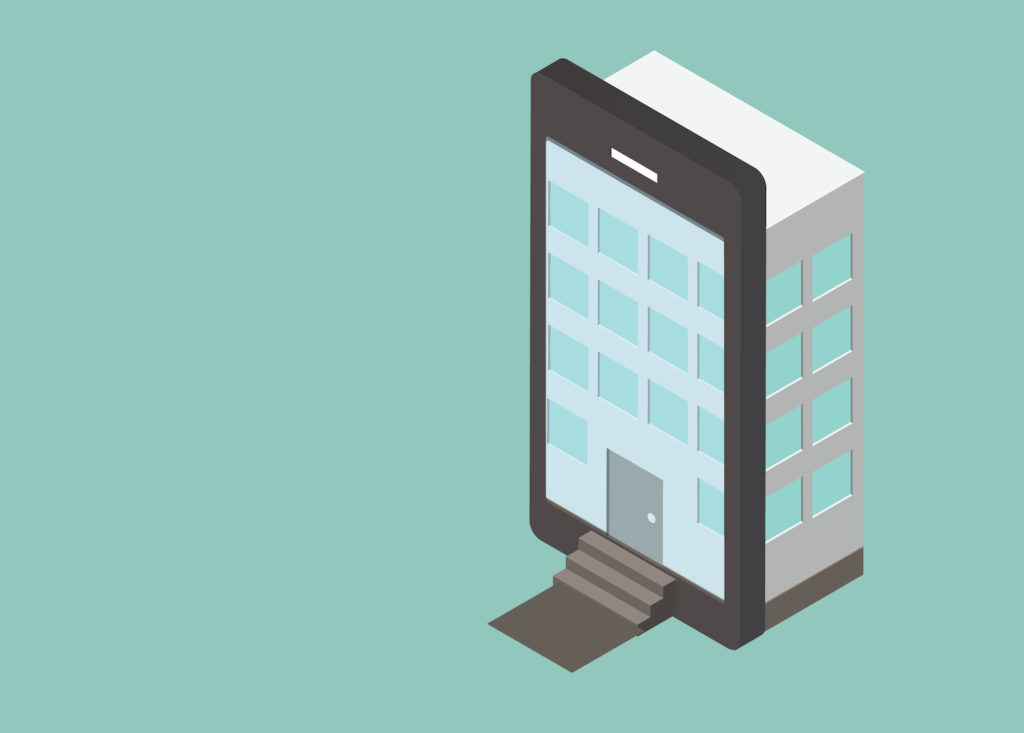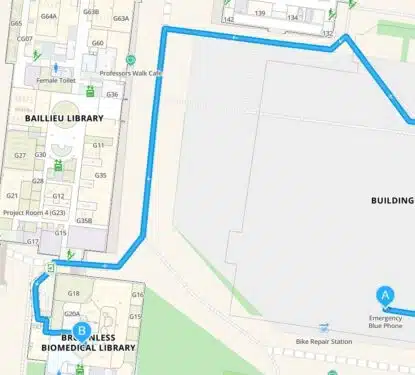Germany, Portugal, and Ireland are some of the first major economies to make remote work a mandatory option for all employees that can work remotely. Home office product sales have continued to grow despite our longest spell without mass lockdowns since the pandemic began. Even the question “are you working remotely?” has become commonplace in everyday conversation, both real and virtual. After over 18 months, the COVID triggered global remote working experiment is revealing clear evidence that remote work is here to stay. The traditional office is not dead, but it will now need to fight for its share of the hybrid future of work.
“Only 1% of the HR leaders surveyed expect all of their employees to work full-time in the office. When offices reopen, many individuals will have been working from home for nearly two years or more, and new ways of working will be ingrained,” says Brian Kropp, chief of research in the Gartner’s HR practice. “As organizations start to bring back employees, it will be critical for employers to focus on building social and emotional connections with, and between, their employees again.”
A staggering 99% of HR leaders in the Gartner study expect employees to work remotely, at least sometimes, in the future. What shape this inevitable hybrid work model takes will ultimately be determined by the employees themselves – a pure hybrid work model gives employees the power to work wherever they are most comfortable and productive. Employers should then observe and react to employee trends within an open hybrid working model in order to define the size and role of the physical office, as well as develop remote and virtual work platforms.
Before firms can consider the size and role of their physical offices they must observe how employees behave within this new flexible system; how often they come in, which days, how long for, what they do, and how accessible they are to colleagues. The recent emergence of occupancy analytics technology makes it perfectly positioned to be the standard first step for companies that are exploring hybrid work models and the evolution of their physical office. Occupancy analytics was designed to be a solution to saving wasted office space, now the pandemic has made it the key tool in a rapid and revolutionary societal shift in the way we work.
“With office densification rates increasing across the world, combined with evidence of poor space utilization and the expectations of occupants for more human and productive environments, the need for workspace management platforms to provide better insight into the repurposing of current workplaces has never been so urgent,” we said in our Q1 2020 Occupancy Analytics report, before the pandemic had truly begun. The report estimated occupancy analytics systems sales of $2.17 Billion in 2019, rising to $5.73 Billion by 2024 (CAGR of 21.5%), but that now promises to be even higher with the growth of hybrid work.
Pre-pandemic case studies in the report cited increases in office density of 80-90%, as well as up to 30% less wasted space with occupancy analytics. So, once these systems are in place and enough data is collected, post-pandemic employers will be able to see the working patterns that will ultimately determine their real estate needs. The most obvious business advantage to remote work is the potential to release the value of unused space, be that by cutting rental costs or by increasing rental income. A 1,000 desk office in a major western city is said to cost between $10-25 million annually, savings any company would like to make as we move into an unpredictable post-pandemic era.

The basic occupancy data, namely peak demand, will largely determine the overall size of office spaces as companies continue their hybrid working journey, but deeper analytics will be required to shape the hybrid physical office into its optimum form. People will still come in and work at desks, some people more than others, so enough desks must be provided based on the occupancy analytics data. Due to the dynamic nature of hybrid work we will need flexible seating, most likely an advanced version of hot-desking with booking systems to avoid over-capacity as well as integration with the cleaning staff for virus mitigation efforts.
Occupancy analytics can also provide insight on what tasks employees engage in while at the office, and what they prefer to do remotely. A company may find that their workers only come into the office for meetings, leading them to create more meeting spaces. Based on the unique data from each building, some companies may decide to make their offices more collaborative with social spaces and water-cooler-moment enhancing design. At the most office-based end of the spectrum, companies will be trimming wasted space to save cost, at the most remote end of the spectrum physical offices could be designed just for occasional large events to maintain company culture.
Given the level of detail required to truly optimize hybrid work models, large buildings today will only really know how to manage their hybrid working models with occupancy analytics data – anything else would now be considered guesswork. However, while hybrid evolution may be the driving factor, building owners and managers who adopt occupancy analytics will find an array of new applications at their disposal. The benefits of occupancy analytics is as broad as the smart buildings themselves; it provides a layer of data intelligence on all systems to support health, safety, security, efficiency, and productivity. Occupancy analytics also opens up a whole new world of occupant-experience focused applications.
“Workplace experience apps are fast becoming a key software tool in future-proof commercial real estate. In the Post-COVID era, with many occupiers exploring options for downsizing or moving to hybrid working, a growing number of landlords are eager to tap into the opportunity for a more digitized workplace experience,” reads our Q2 2021 report on the Global Market for Workplace Experience Apps. “Now is the time for all stakeholders engaged in commercial real estate to understand this nascent, rapidly evolving market which has accelerated in the last two years, driven by new ways of working necessitated by the COVID-19 pandemic.”
Workplace experience apps provide the central portal for employees to book desks, meeting rooms, and parking spaces, schedule co-working hours with teammates, arrange social events, or just see who will be in the office this week. From the employer and building management perspective, workplace experience apps provide the data required to understand the ever-changing role of the physical office and to optimize its performance. In the hybrid work world, the physical office is the embodiment of the human-centric trends that dominated pre-pandemic workplace development – a place that constantly adapts to the needs of a hyper-flexible workforce.



